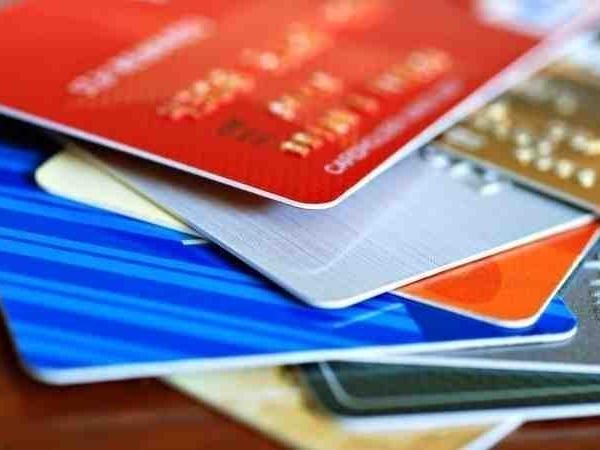Here’s how a negative balance occurs on your credit card account, its effect on your credit score and credit limit and how to bring your balance back to zero.
If you see a negative balance on your credit card account, your first thought could be that something’s wrong. But a negative balance simply means that your card issuer owes you money, which may seem odd since it’s usually the other way around.
Negative account balances can occur for several reasons, but regardless of the cause, a balance below zero isn’t a bad thing. In fact, it means you have a credit on your account, so future purchases up to that amount won’t cost you additional money.
Below, CNBC Select reviews how a negative balance occurs, its effect on your credit score and credit limit and how to bring your balance back to zero.
Reasons why you may have a negative balance on your credit card
You can have a negative balance (also known as a credit balance) on your credit card account for a number of reasons. Here are the most common:
- You returned a purchase and got a refund: If you return a purchase or dispute a charge that you already paid for, you may receive a refund from the merchant or your card issuer that negates your balance.
- You paid extra: If you manually enter a payment amount and accidentally pay over the amount due. Or if you have autopay set up but make a manual payment around the time it withdraws, you may wind up paying twice.
- You earned a statement credit: Some credit cards provide welcome bonuses or annual credits that post to your account after you make eligible charges. You may also be able to redeem credit card rewards for a statement credit. There’s a chance these credits can post after you’ve paid your bill.
How a negative balance affects your credit score and credit limit
While a negative balance may seem like a bad thing for your credit score, it’s actually a neutral situation. Negative balances don’t really help or hurt your credit score.
That’s because credit scoring models consider negative balances as if you have a $0 balance.
While a negative balance won’t change your credit score, it can temporarily impact how much you can spend on your card — but it ultimately doesn’t raise your credit limit.
For example, if you have a $5,000 credit limit but a credit balance of $100, you can spend up to $5,100. However, you’re technically not receiving a higher credit limit because once you spend $100, your balance will be $0 and your credit limit remains at $5,000.
Tips to bring your negative balance to $0
If you have a negative balance on your credit card account, the simplest way to bring your balance back to $0 is to make new purchases.
For instance, if you have a -$50 balance, you can simply apply it to future purchases. Once you make $50 in purchases, your balance will return to $0, or it could reduce your next bill by $50.
On the other hand, if the negative balance is substantial and you need the money for other bills, or if you don’t plan on making any more purchases with that card, you can ask your card issuer for a refund. Card issuers are required under the Truth in Lending Act to refund credit balances over $1 within seven business days after receiving your written request.
You may receive the requested refund as a check, cash or money order. But in order to receive the refund, you’ll need to have a current address or phone number on your account. If the card issuer can’t find current information, they aren’t required to take any further action.


